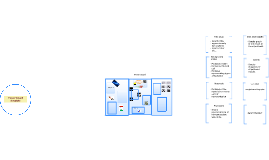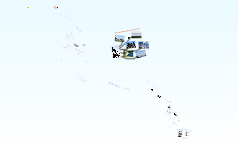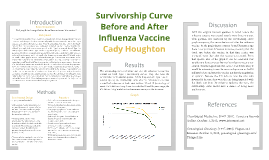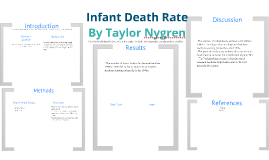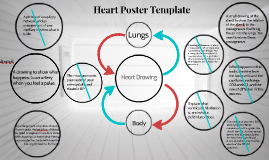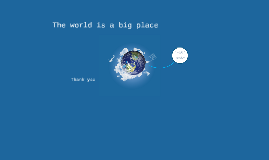editable
Transcript: First, a bit about electricity and Canada How much electricity does Canada use? 7th largest consumer of electricity in the world! 508,336,000,000 kilowatt-hours in 2007 104,208,880,000 kg GHGs 31,907,189 Honda Civics Driving for a Year Which countries consume more? What's the difference between Canada and these countries? We have a small population! United States: 307,212,123 people China: 1,338,612,968 people Japan: 127,078,679 people Russia: 140,041,247 people India: 1,156,897,766 people Germany: 82,329,758 people Canada: 33,487,208 people In terms of per capita use where we do rank? 1st - Iceland: 31,328 2nd - Norway: 24,296 3rd - Finland: 17,177 4th - Canada: 16,753 United States: 13,582 China: 2,041 Japan: 8,220 Russia: 6,122 India: 503 Germany: 7,174 Has our electricity consumption per person been going up or down? But wait... ... is using electricity necessarily bad? The Environmental Impact of electricity use depends upon its source - electricity generation Different sources have different environmental impacts Where does Canada's electricity come from? And in Ontario? So what does this mean? Electricity use in each province has a specific environmental impact Not just GHGs - although these are important kg GHG produced = KwH Electricity Used x Emissions Factor Why Conserve in Schools? Total of 1,759,905 kWh 316,783 kg GHGs Audit the Electricity Use of Your School Create a Conservation Plan Implement a Conservation Plan Measure Your Success Why Audit? So we know where to target our conservation efforts! Contact EcoSpark if you need help, advice or if you have any questions: wattwize@ecospark.ca What is ? A Toronto Secondary School's Electricity Consumption, 2008-2009 43 Honda Civics Driving for a Year July 2009 est. CIA World Factbook formerly Citizens' Environment Watch Appliances That's why in Wattwize we: http://datafinder.worldbank.org/electric-power-consumption If my laptop use uses 728 kWh a year: http://www.iea.org/stats/electricitydata.asp?COUNTRY_CODE=CA Audit the Electricity Use of Your School Create a Conservation Plan Implement a Conservation Plan Measure Your Success http://graphs.gapminder.org/world/#$majorMode=chart$is;shi=t;ly=2003;lb=f;il=t;fs=11;al=0;stl=t;st=t;nsl=t;se=t$wst;tts=C$ts;sp=4.50709677419356;ti=2005$zpv;v=0$inc_x;mmid=XCOORDS;iid=ti;by=ind$inc_y;mmid=YCOORDS;iid=pyj6tScZqmEcKxvG4lnIreQ;by=ind$inc_s;uniValue=8.21;iid=phAwcNAVuyj0TAlJeCEzcGQ;by=ind$inc_c;uniValue=255;gid=CATID0;by=grp$map_x;scale=lin;dataMin=1960;dataMax=2005$map_y;scale=lin;dataMin=5.71;dataMax=28213$map_s;sma=50;smi=2$cd;bd=0$inds=i37_t001960,,,, This will produce 677 kg of GHG if I live in Alberta International Energy Agency Who uses more? What's "wrong" with using electricity? Infrastructure ? Total Electricity Consumption, 2007 Ontario Electricity Generation by Source Behaviour 2006 ? www.ieso.org This will produce 131 kg of GHG if I live in Ontario This will produce 4.3 kg of GHG if I live in Quebec Per capita electricity consumption (kWh) ? Anne Campbell What do these mean? 1. United States: 3,824,811 GWh 2. China: 2,676,026 GWh 3. Japan: 1,009,064 GWh 4. Russia: 700,942 GWh 5. India: 566,846 GWh 6. Germany: 527,352 GWh 7. Canada: 508,336 GWh 26,399 Trees Needed to Absorb Emissions Factors ? Where do you think we rank compared to the rest of the world?






